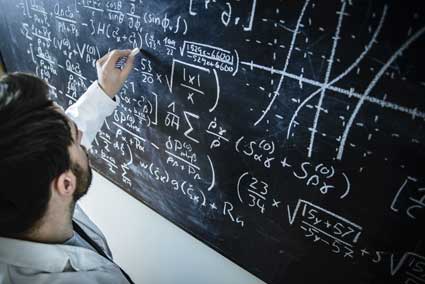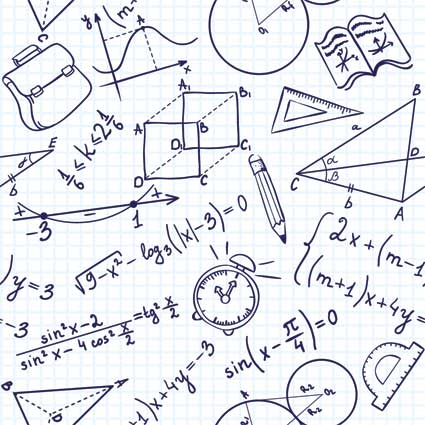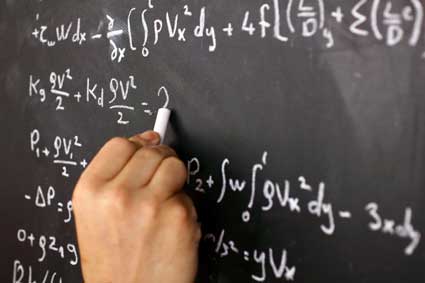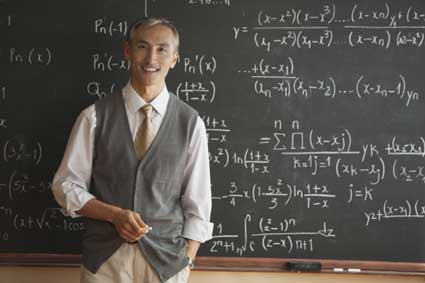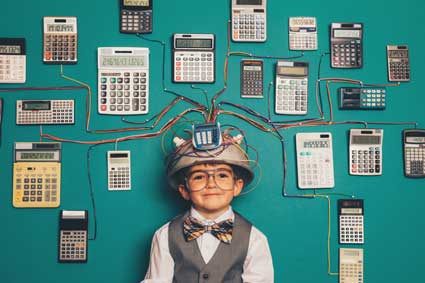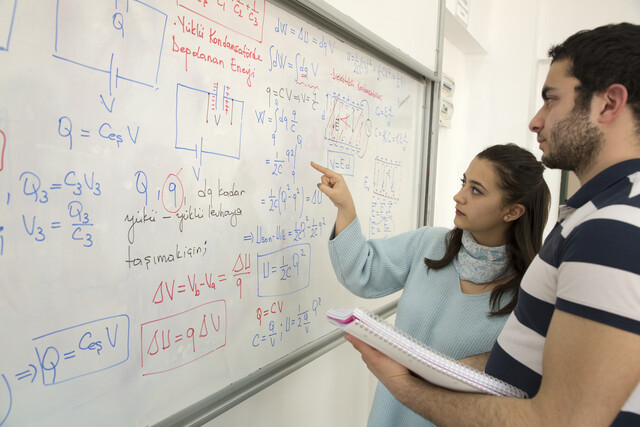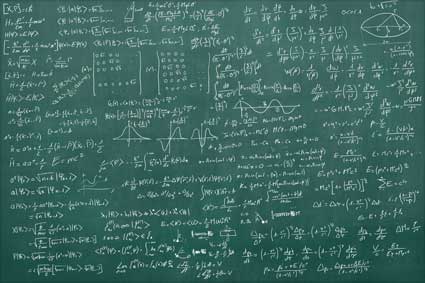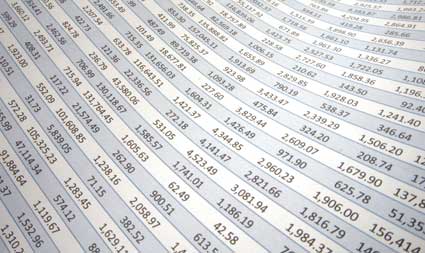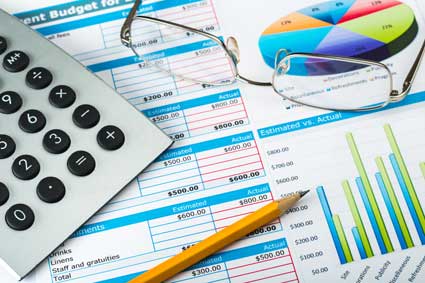| Grouping of objects |
If we have four groups of three dogs:
![]()
We can count the dogs: 1, 2, 3, . . . 4, 5, 6 . . . 7, 8, 9 . . . 10, 11, 12
We can add the dogs: 3 + 3 + 3 + 3 = 12 (3 + 3 = 6, 6 + 3 = 9, and 9 + 3 = 12)
Or we can multiply: 4 x 3 = 12 which can be seen as ‘4 threes is 12'
Our multiplication problem can be written in one of three ways:
(a) 4 x 3 = 12
(b) 4(3) = 12
x 3
____
12
| Terms – Factor, Term, Product, Multiplier, Multiplicand, Times |
Both numbers being multiplied (the 4 and the 3 in the example about the dogs) are called factors or terms. Sometimes one (or both) of them is referred to as the multiplier and the other is referred to as the multiplicand. The result or answer is the product of the multiplication.
x3 factor, term or multiplier
Both the sign used to designate multiplication, which is a lower case ‘x', and the whole operation are referred to as times. Therefore, we could say the ‘times problem' is "four times three" for ‘4 x 3.'
| Multiplication Table |
We could also locate the 3 along the top row and the 4 along the left side. The intersection again would be 12. It does not matter in which order we multiply the factors.
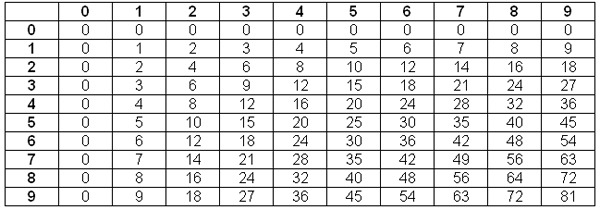
Flash cards are a great aid in learning multiplication facts.
| Multiplication by zero |
| Multiplication with a single digit multiplier |
17
x 5
_____


| Multiplication with a multiple digit multiplier |

We would start in just the same way as when we multiplied 17 by 5. The digit in the ones place of the multiplier is the starting point as we multiply the ones place by the ones place, or 5 x 7, and get 35. We put the 5 in the ones place of our answer and carry the 3 tens.
Then we multiply 5 x 1 ten and get 5 tens, and add the 3 tens to get 8 tens. We write the 8 in the tens place. Then we multiply the 5 x 3 and get 15. We can put the 5 in the hundreds place and the 1 in the thousands place. However, we are only part of the way done with our multiplication.


Now multiply the 2 tens (20) times the 1 ten (10) and you get 20 tens which is 200. To this add the 1 hundred you have carried. This gives you a 3 (for 300) to place in the hundreds place. Then you can multiply the 2 tens (20) times the 3 hundreds (300) to get 6 thousands (6000).

Now you must add the two parts of your answer together to get the final answer. 5 ones + 0 ones is 5 ones. 8 tens + 4 tens is 12 tens (120), so put the 2 in the tens place and carry 10 tens or 1 hundred. 5 hundreds + 3 hundreds is 8 hundreds, plus the 1 hundred you carried is 9 hundreds. 1 thousand + 6 thousands gives you 7 thousands. Your final answer is 7,925.

If the multiplier has a zero as one of the digits, do not forget to use a zero for a place holder. See example below.

|
Exponents
|
If a number is multiplied by itself, we can show this with an exponent. For example, if we want to multiply 5 x 5, we can show that as 52 which denotes two fives being multiplied. It is called ‘five squared' or ‘five raised to the second power. 'This is especially helpful if we want to multiply 5 by itself seven times: 5 x 5 x 5 x 5 x 5 x 5 x 5 = 57 (Five raised to the seventh power equals 78,125). The superscript 2 and the superscript 7 are called powers or exponents.


